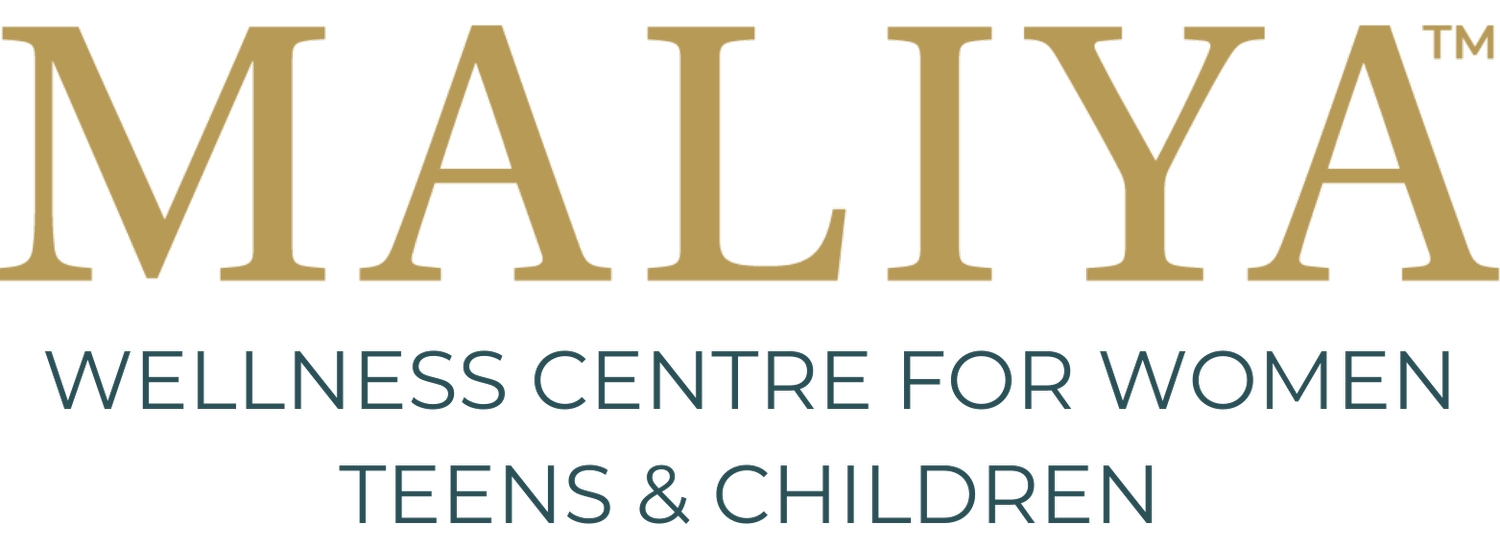Self-care Practices for Jaw (TMJ) Pain Relief
TMJ Pain Relief: Self-care practices to help manage Temporomandibular Joint Disorders blog post
by Sara Folk, Thai Massage Therapist and Reiki Practitioner
Do you experience pain in the jaw, face, neck, shoulders, back, behind the eyes, or popping/locking/clicking in the jaw itself, limited opening of the mouth, dizziness or ringing in the ears and not sure why? Do simple everyday movements of the face like smiling, laughing, talking or chewing cause you discomfort or pain? You could be living with TMD.
What exactly is TMD/TMJ?
Temporomandibular joint disorders can cause pain in the jaw joint and muscles that control the movement in your jaw. Causes of an individual's TMJ disorder may vary and be influenced by a combination of factors, such as; injury to the jaw, arthritis, stress or even genetics. Sometimes grinding or clenching the teeth can lead to strain on the jaw joints, or trauma to the head, neck or jaw can cause pain in these areas. Stress can be another large factor at play when dealing with TMJ disorders as well as other painful medical conditions such as irritable bowel syndrome or fibromyalgia. These types of conditions can overlap with or worsen the pain and discomfort of TMD. Symptoms of TMD vary from person to person. For many people, TMD symptoms don't last long, but for others, pain and discomfort when moving their facial muscles is chronic (long-lasting) and can be made worse over time by clenching, grinding or chewing. Some of the common signs & symptoms to be aware of can include:
Pain or discomfort in the jaw
Pain in the face, shoulder, back, neck muscles or behind the eyes
Limited motion in mouth
Jaw locking, popping or clicking
Clenching or grinding teeth
Ringing in the ears
Change in the way upper & lower teeth fit together
Dizziness/Headaches
Your dentist, dental therapist or massage therapist (if specially trained) can diagnose and offer treatment options to help combat symptoms of TMD pain and discomfort. Some of these options can include:
Intra-oral massage (massage muscles inside the mouth) coupled with massage of the face, neck, head, shoulders and back
Stress management & relaxation techniques
Exercises or behaviour/habit changes (to help stop/reduce clenching)
Diet changes (to rest jaw muscles)
Mouth guard to reduce teeth grinding at PM
Physical therapy
Fortunately, there are also things YOU can do to relieve and help manage temporomandibular joint pain from the comfort of your home! In minor cases, TMJ pain relief is possible with non-invasive methods. Here are a few tips and practices to help yourself alleviate and find ease in the jaw:
1) Exercise your jaw
Jaw exercises can help increase mobility in your joints. Here are a few simple exercises to help get you started.
Maintain resting position: This simple exercise is done by placing the tip of your tongue on the roof of your mouth and relax the jaw. As you do this your lower jaw should pull downward allowing the teeth to separate.
Tongue Up: Place your tongue on the roof of the mouth, then open & close your mouth slowly. Repeat several times or until your muscles feel more relaxed.
Side-to-side movement: Place your tongue on the roof of the mouth, then wiggle your jaw side-to-side.
Resisted opening: Place your thumbs under the chin, pushing gently upward. Open your mouth slowly & hold at the fully open position for a minimum of 3 seconds. Then close and repeat.
Chin Tucks: Standing straight, with chest out and head level (can use a wall to help with alignment). Keeping head level, pull your chin back. If you are creating a double chin, you are doing it right! Hold for 3 seconds then repeat.
The goal of these exercises is to stretch and strengthen your jaw muscles. Start by doing sets of five of each exercise three times a day. If you notice that is helping, but perhaps not enough, gradually increase the number of repetitions or add an extra session. Do not increase too much-we do NOT want to add extra stress to the jaw. If you are finding these are too much to handle, you may need to seek professional help.
2) Use a hot or cold compress
Ice will help reduce swelling & pain, while heat can increase blood flow and relax the muscles in the jaw. Apply a hot or cold compress to your jaw for 15-20 minutes at a time using a light layer between your skin and compress to avoid irritation on the skin.
3) Behavioral modifications/awareness
Taking the time to be more body aware throughout your day can help significantly in reducing extra strain in the jaw and neck. Correcting your posture is a big one, you can do this by; raising your chest bone, pulling your shoulders back & gently squeezing your shoulder blades together to straighten your back muscles. Creating frequent breaks during the day to self-assess and readjust as needed is also a great help. Use a chair with good back support when working and try to sit upright and/or place a pillow behind your back for support. Any habits such as nail-biting, chewing cheeks/lips, clenching/grinding teeth, or resting jaw in hands may be contributing to the jaw discomfort and would be helpful to note and try to correct throughout your day.
4) Avoid certain activities or food
Specific activities or food can cause you to open your mouth more forcefully or cause more irritation or strain to the jaw. Try to avoid the following:
Yawning/yelling
Taking large bites of food
Foods that require prolonged chewing
Chewing gum
Crunchy or hard foods
These practices can be extremely helpful when done consistently in your day-to-day life. For some, these practices may not be enough and professional care may be required to help support your temporomandibular joint disorder. To book a TMJ Massage Session click here.
